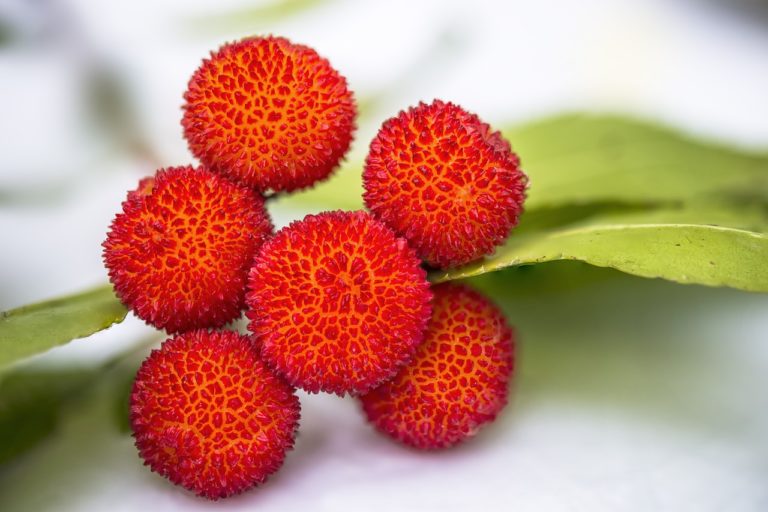
As globalization increases ever more, it becomes increasingly easier to have access to food products that were once totally foreign to America. Believe it or not, there was a time when fruits like mangoes couldn’t even be eaten in America if people tried, because they took so long to ship over that they would be rotten when they arrived.
But now, nearly two decades into the 21st century, there is a lot you can get your hands on, and fast. Specifically, there are a lot of exotic fruits that you can now purchase in America if you have access to the according international market. I’ve researched some of these fruits and compiled a list of five of the most interesting-looking and enticingly described exotic fruits I could find. If you’re into trying new things, you might find these recommendations helpful.
Buddha’s Hand


The first fruit we’ll investigate is commonly referred to as Buddha’s hand. This fruit just has a wild shape to it. When you look at a picture of it, you’ll understand where it gets its name – from the wildly dendritic, finger-like digits that extend from its base. A lot of people think this fruit is some kind of deformed lemon, which isn’t too far off, considering Buddha’s hand lies in the category of citron fruits. What’s odd about this fruit, however, is its near total lack of fruit inside. There are no juices or pulp-like fillings; it’s more of a rind. Because of this fact, a lot of people choose to use it as a flavor or zest in different foods that they want to incorporate a citrus-ey element into. You might even find it used as a key flavor in meals at restaurants. You never know!
Cherimoya

Similar to Buddha’s hand, cherimoya is a fruit with a name to distinguish itself from fruits we consider traditional in America. This sweet and somewhat pulpy fruit is usually soft and fits inside of its soft, green peel. A lot of people compare it to certain varieties of apples for its sweetness. The cherimoya has even been referred to by some as a “custard apple” due to the texture and consistency of its insides. You can practically scoop the fruit out with a spoon when it’s ripe. For any apple-lovers out there or folks with a sweet tooth, I would recommend trying the cherimoya!
Romanesco

As distinct as the name is for this vegetable, it’s really just a type of broccoli. That’s right. It’s green and looks almost nothing like the mini-tree shape of traditional broccoli, but it has a similar taste and borders along the lines of a green cauliflower. What is probably the most distinguishing factor of Romanesco is its patterned, spiral shape. It just looks cool, and what’s more, it’s pretty easy to grow.
Cucamelon

This one looks pretty much as the name describes it. Cucamelons are kind of like hybrids between watermelon and cucumbers, due to their sourness. They grow on vines, and they look like little miniature watermelons. They’re very crunchy and watery.
Lychee

You may have come across this fruit if you’re a big fan of Asian foods or if you’ve had bubble tea before. This fruit is a very sweet, white mass that is encased in a spiky outer shell. It’s often used as a sweet flavoring for different foods, and like the other foods on this list, is extremely unique in shape and color.